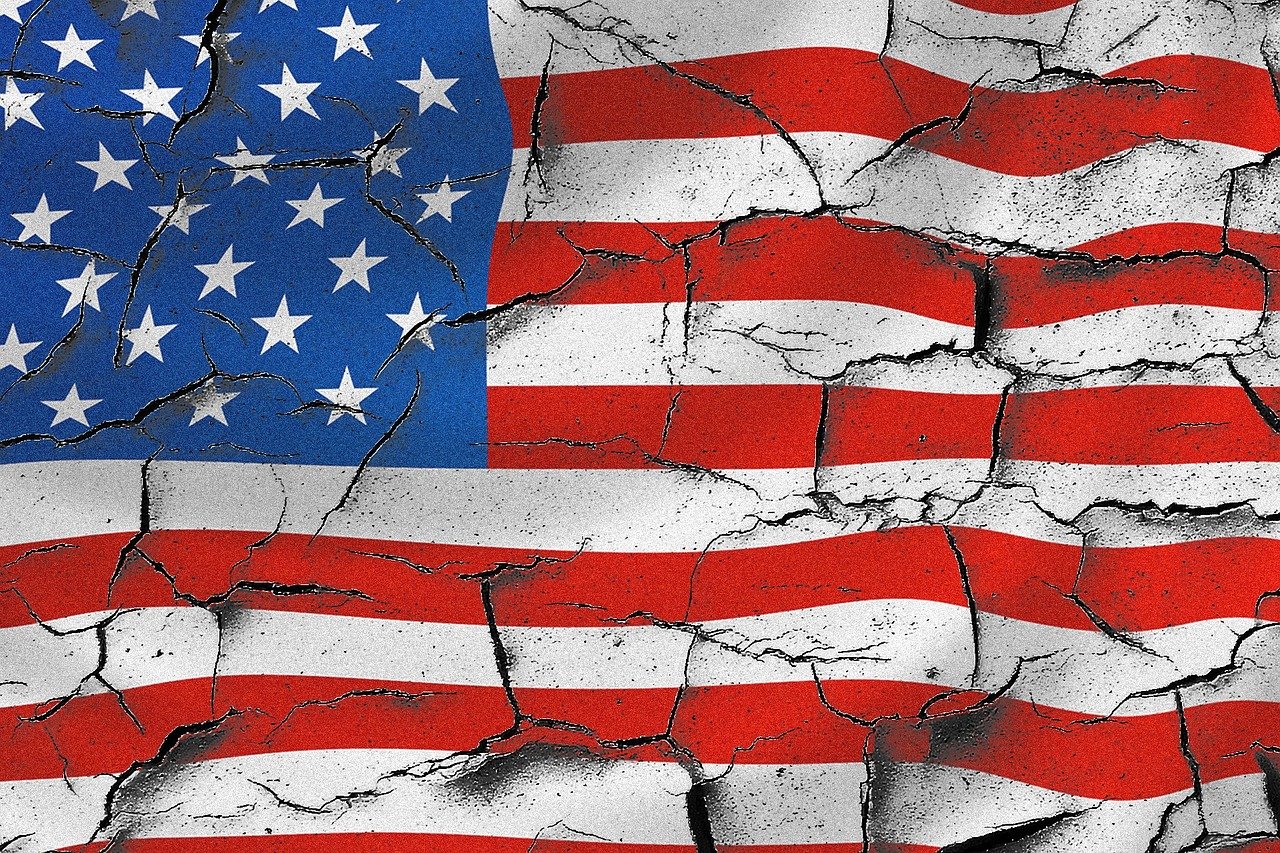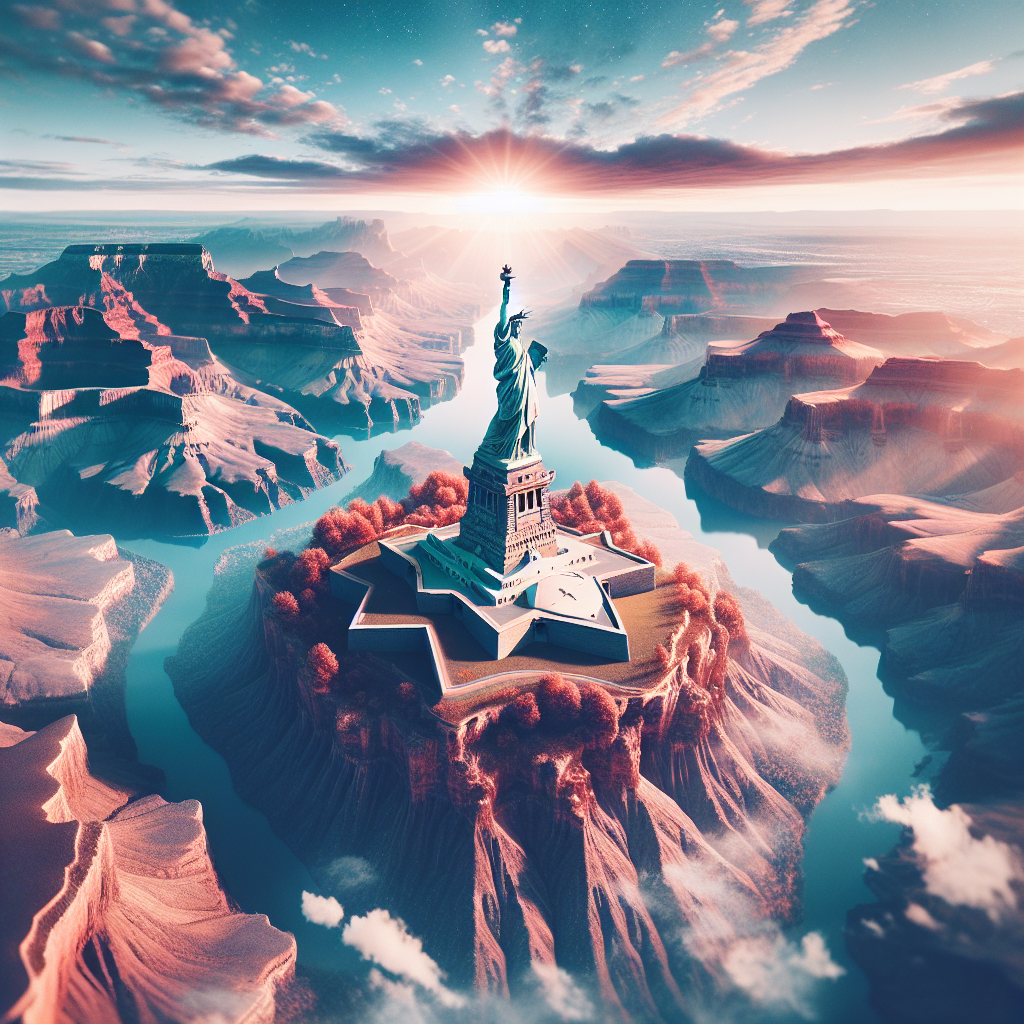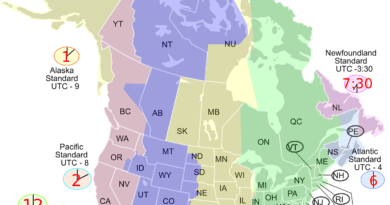United States
You’re itching for a new adventure, looking to spread your wings and explore exciting new horizons. Well, allow your curiosity to be piqued by the United States, a land of diverse natural beauty, sprawling cities, and rich history. This article aims to shed light on the US’s iconic locales, hidden gems, and everything you need to know to sate your wanderlust in this land that stretches from the shining seas.
Geography
The United States boasts a vast array of geographical features that never fail to impress. This wide expanse of land spans across approximately 3.8 million square miles, enveloping distinct landscapes that vary greatly from one region to another.
Primary Landforms
Let’s start with the landforms, the carved-out beauty sculpted by nature over thousands of years. From the sprawling plains in the Midwest, the towering Rocky Mountains, the vast Grand Canyon, to the lush Appalachian Mountains in the east, the United States’ topography is simply majestic. On one hand, you have the mammoth snow-covered peaks of Alaska, while on the other, the sun-kissed Florida Keys.
Rivers and Lakes
The United States is also intertwined with meandering rivers and sparkling lakes. The mighty Mississippi River, the longest river in North America, serves as a lifeline to many Midwestern states. As for lakes, you may not want to miss the Great Lakes region—an impressive cluster of five freshwater lakes that, all together, make up one of the largest fresh bodies of water worldwide.
Climate Variations
If you throw a proverbial stone anywhere in this country, the climate you hit could be anything from subarctic to tropical. It’s sweltering heat in Arizona’s desert, bone-chilling cold in Alaska, and anything in between, in other locations. The country’s climate is a reflection of its geography—astoundingly diverse.
History
Let’s step back in time now. The United States has a fascinating historical timeline that has shaped the nation you see today.
Native American History
Long before Columbus set foot on what is now known as America, the land was home to diverse groups of Native Americans. From the Iroquois Confederacy in the Northeast, the tribes of the Great Plains, to the Pueblo dwellers in the Southwest, each had established distinct cultures, languages, and trade networks.
Colonial Period
In the late 16th century, foreign powers began establishing colonies. The British ultimately gained dominion, culminating in the formation of the thirteen colonies, all entrenched along the Atlantic seaboard.
American Revolution
Fast forward to the 18th century when the colonists, unsatisfied with harsh British rule, revolted. This Revolutionary War led to the decisive Declaration of Independence in 1776, laying the foundation of an independent United States.
Civil War Era
Unresolved issues concerning slavery and states’ rights, unfortunately, led to a civil war in 1861. The tumultuous four-year period solidified the Union’s victory and ended slavery, reshaping the nation’s future.
Modern History
In the 20th and 21st centuries, the United States emerged as a significant global superpower. It’s played major roles in world events, including both world wars, the Cold War, and is now grappling with widespread issues of social justice and inequality.

Politics
Politics is a core part of the country’s identity. Here’s an overview of its political landscape.
Political System
The United States operates under a federal system, where powers are divided among the federal government and the 50 states. It’s a constitutional republic, where citizens elect representatives, including the president, to make policy decisions on their behalf.
Major Political Parties
The American political arena is predominantly a two-party system – the Democrats and the Republicans. Most U.S. presidents have been members of these parties. However, several other minor parties occasionally influence national and state politics.
Recent Elections
Elections are an integral part of the U.S. political process. The most recent, the presidential election of 2020, stood out due to its unprecedented voter turnout and the logistical challenges imposed by the COVID-19 pandemic.
Economy
The United States commands the world’s largest and most diverse economy.
Overview
The U.S. economy, characterized by technological advancement, high productivity, and an abundance of natural resources, has a significant impact globally. The U.S. dollar remains the primary reserve currency worldwide.
Major Industries
From manufacturing to health care to retail, the United States hosts an array of industries. However, the tech industry, centered in Silicon Valley and other tech hubs, stands as the vital propellant of the U.S. economy.
Economic Challenges
Despite economic strengths, the United States grapples with challenges such as income inequality, job outsourcing, debt, and the lingering effects of economic recessions.

Demographics
The United States is home to a vibrant mix of people, a diverse tapestry of ethnicities, languages, and cultures.
Population
With a population exceeding 330 million, the U.S. is the third-most populous country globally. The citizens are dispersed across rural and urban areas, but most live in densely populated cities.
Ethnic Groups
The United States prides itself on being a “melting pot” with varied ethnic groups – Caucasians, African-Americans, Hispanic-Americans, and many others, each contributing to the cultural fabric of the nation.
Languages
English is undoubtedly predominant. However, an array of other languages, including Spanish, Chinese, French, and many others, is also spoken due to the diversity of the population.
Culture
American culture is a beautiful blend of shared traditions, values, and arts significantly influenced by multi-ethnic diversity.
Multiculturalism
The United States is a crossroad of cultures, an amalgamation of different ethnicities, traditions, and values. This multiculturalism gives the country its distinctive character and influences everything from food, music, to clothing.
Popular Culture
American popular culture is globally influential and all-pervading. It’s witnessed in the form of Hollywood movies, pop music, fast-food chains, and more. America’s wide reach in pop culture strongly influences global trends.
Sports and Leisure
Americans have a rich sporting culture with American Football, Basketball, and Baseball being the most popular. National Parks also provide beautiful getaways for camping, hiking, and other leisure activities.

Education
The United States has one of the most comprehensive and progressive education systems in the world.
Education System
From public schools, private schools, to homeschooling alternatives, the American education system offers numerous options to suit individual preferences. The focus is on a balanced curriculum that emphasizes academic and extracurricular growth.
Higher Education
With a multitude of world-renowned universities and colleges, the U.S. stands at the forefront of higher education. Institutions like Harvard, Stanford, and the Massachusetts Institute of Technology are coveted education destinations for students worldwide.
Innovation in Education
The U.S. education system is proactive in integrating technology in classrooms. Online learning is a substantial part of contemporary American education, especially amplified due to the COVID-19 pandemic.
Healthcare
While the American healthcare system is advanced, it’s also a topic of national conversation and debate.
Healthcare System
The U.S. healthcare system is primarily privatized. It’s renowned for high-quality care and medical research but also faces criticism for its high costs and inequitable access.
Leading Health Issues
Heart disease, cancer, and diabetes rank high among the health issues affecting Americans. Additionally, mental health is gaining recognition as a critical part of overall health in recent years.
Innovation and Improvement
The U.S. leads in medical innovation with cutting-edge treatments and technology. Policy improvements are also underway to address issues of cost and accessibility.

Tourism
The U.S. is one of the world’s top tourist destinations, thanks to its diverse landscapes, iconic landmarks, and rich cultural history.
Popular Destinations
From the bustling metropolis of New York City to the breathtaking Grand Canyon, from the historic charm of Boston to the sun-soaked beaches of Miami, the United States never run out of travel-worthy spots.
Adventure Travel
Road-tripping across the scenic Pacific Coast Highway, exploring the Appalachian trails, or skiing on the snowy slopes of Colorado, the United States is every adventure-seeker’s dream.
Cultural Tourism
The U.S. also offers a deep dive into various cultures. Whether roaming the streets of the Spanish-influenced San Antonio or experiencing the rich Native American history in New Mexico, the cultural journeys are endless.
Transportation
Lastly, let’s discuss transportation, a vital factor that supports the hustle and rhythm of American life.
Public Transportation
Large cities like New York, Chicago, and San Francisco offer robust public transportation options like subways, buses, and trams. However, public transit is less common in smaller cities and rural areas.
Air Traffic
The U.S. has a highly developed aviation network boasting busy airports like Atlanta’s Hartsfield-Jackson, Los Angeles International, and Chicago’s O’Hare that facilitate both domestic and international travel.
Highway System
Taking a leisurely drive on the expansive U.S. Interstate Highway System is a quintessential American experience. Just set your GPS coordinates, fasten your seatbelts, and you’re on your way.
So, that’s your brief tour of the United States—a country of riveting splendor, vibrant cultures, and enduring spirit. Whether you’re exploring it as a tourist, a student, or a citizen angling for a deeper understanding, America has plenty to offer, see, experience, and appreciate.




